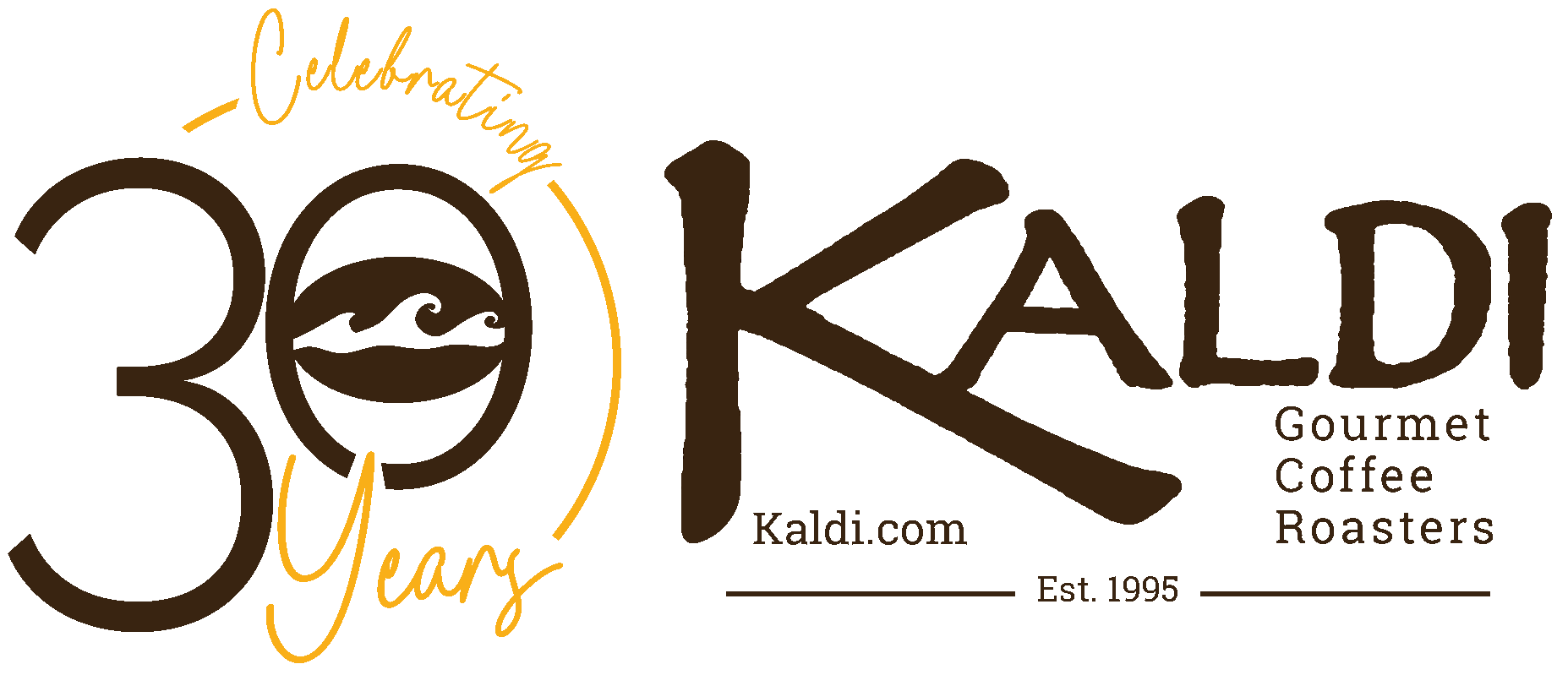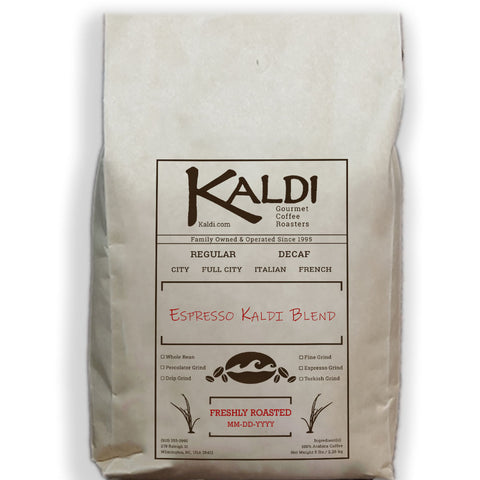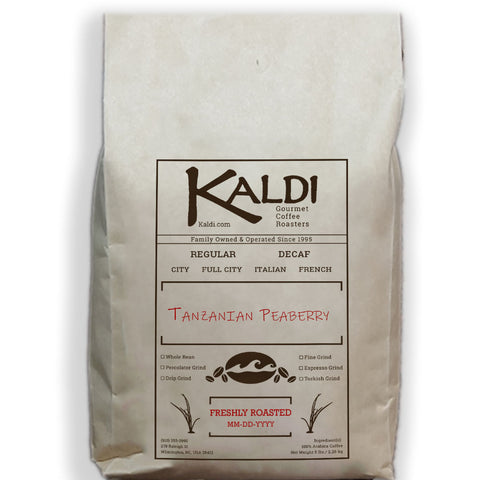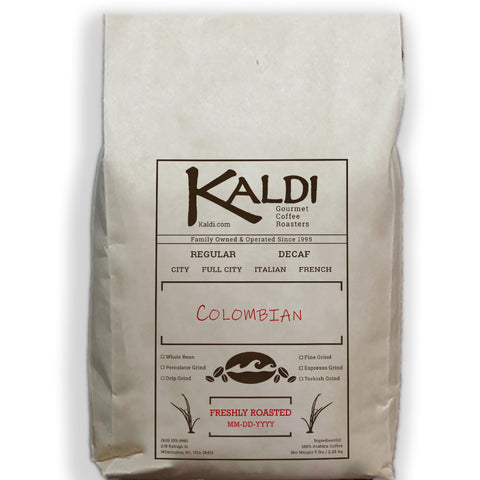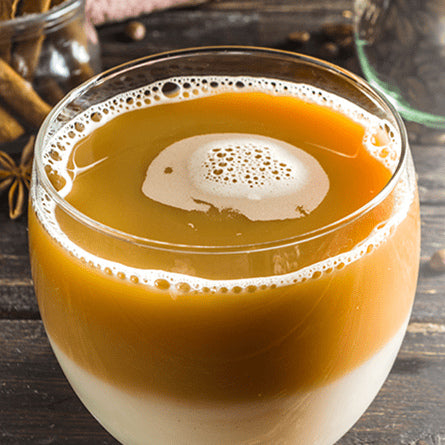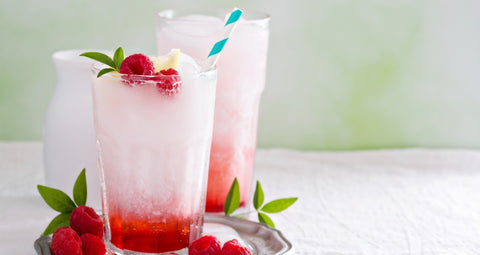Food and drink are universal connecting factors to all cultures around the world. They are a means of communicating and are heavily influenced by historical roots and geographical location. Today on the Kaldi blog, we’re charting our course for Peru to learn more about its rich heritage, and how it’s expressed through beautiful clothing and delicious food.
Geographical Location & The Incas
When most people think of Peru, they immediately associate it with Machu Picchu: the archaeological remains of the ancient Inca civilization. Modern-day Peruvian culture inherits much from the native Incas; their ancestral home lies in the Central Andean mountain range that serves as a major geological feature of the country. The famous landmark stands as a symbol of the population’s heritage amid historical conflict with and invasions of the Spanish conquistadors.
Colorful Arts & Humanities
Art has been an important part of Peru’s culture even before the Incan times. Weaving yarn into distinctive, colorful patterns for clothing is common and can be a means of identifying what village an individual is from. Tourists and locals alike can often find intricate, beautiful wood carvings, jewelry, and pottery being sold in community markets.
Distinct Cuisine & Customs
While types and flavors of food can differ between each of Peru’s regions, the nation as a whole boasts very distinct flavors. For example, coastal villages often serve seafood and plantains, while dishes in the highland areas tend to include more meat, corn and potatoes. As a whole, a Peruvian’s modern diet is a combination of meat and potatoes from the Andean cuisine with Traditional European flavors. Festivals and indigenous celebrations tend to include a large amount of eating and drinking.
Peruvian Music & Dancing
Aside from the sharing and enjoyment of food, music and dancing are key characteristics of Peruvian celebrations and festivals. The Andean people have a wide variety of cultural dances in which men and women don striking, vibrant costumes; music is also composed mostly of flues and panpipes (also known as pan flutes). This is a little different from music typically enjoyed by coastal villages, which have origins in Spanish and African rhythms.
Taste Other Cultures Through Fresh Coffee Beans
We’ve only gotten a glimpse of Peru and its culture, but Kaldi Gourmet Coffee Roasters is here to help you travel without ever leaving your home! Order fresh coffee beans from regions all around the world today!
